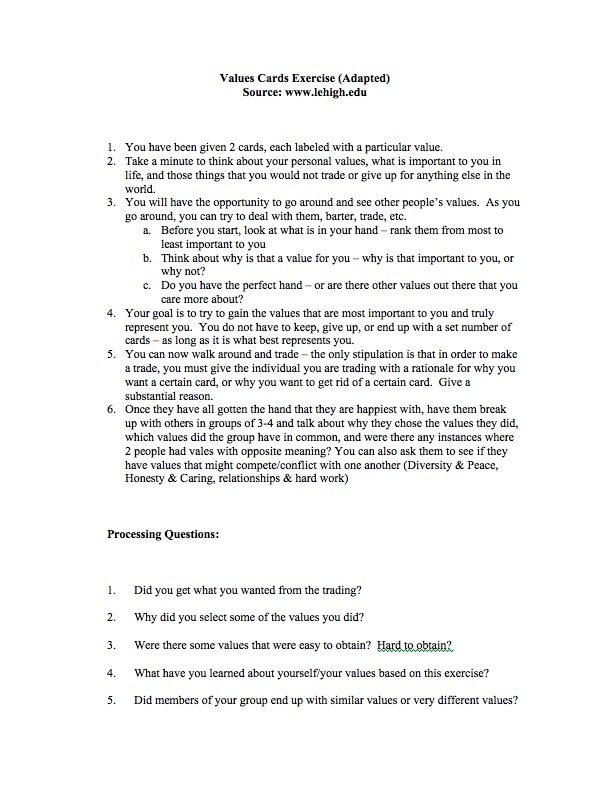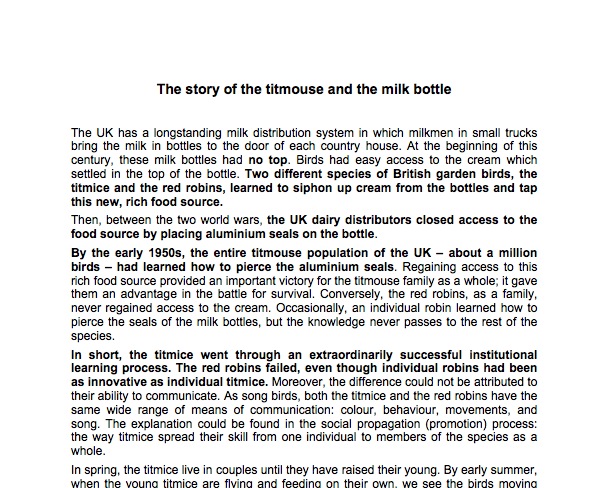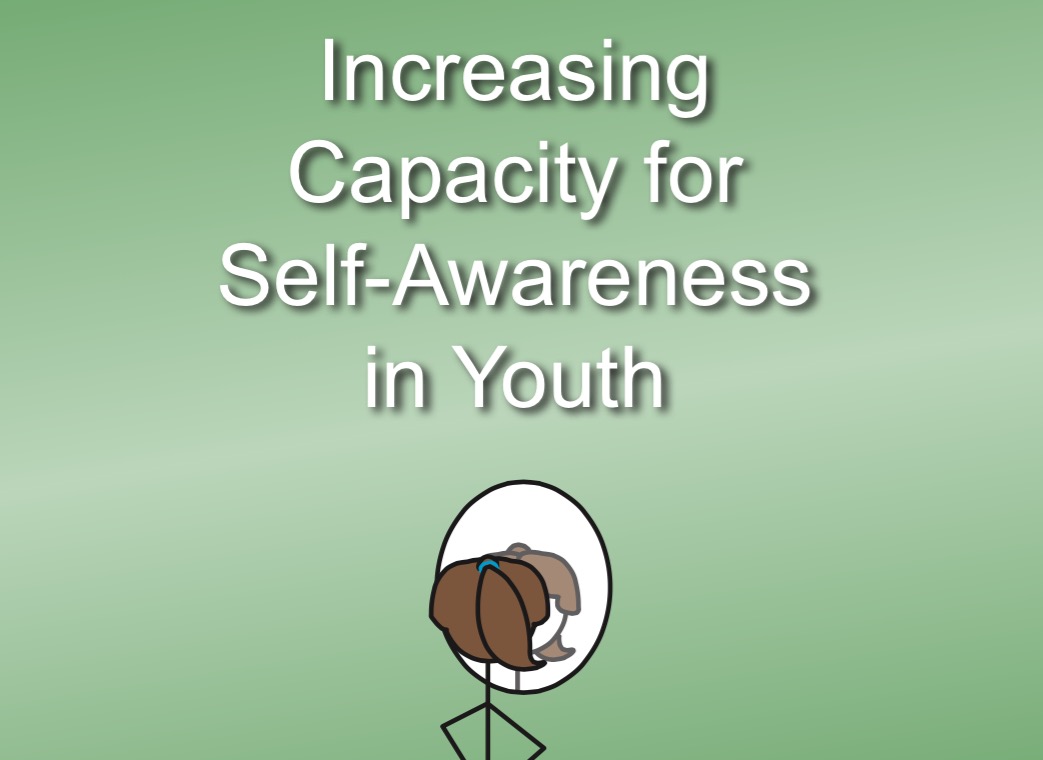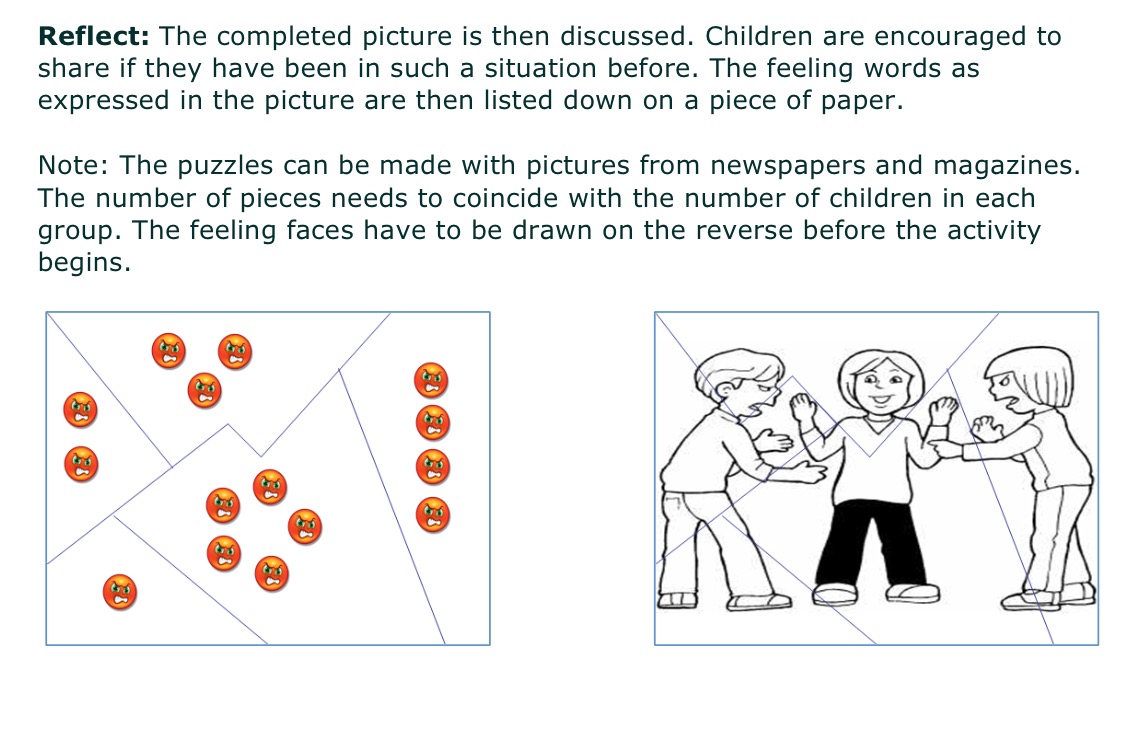Children are born optimistic and tend to stay optimistic until about age 6 or 7. At that time, life’s difficulties tend to impinge and the door is opened for pessimism and learned helplessness. To develop a healthy mindset, students need to develop the skills of optimism. This worksheet is a fun, interactive lesson for students […]














